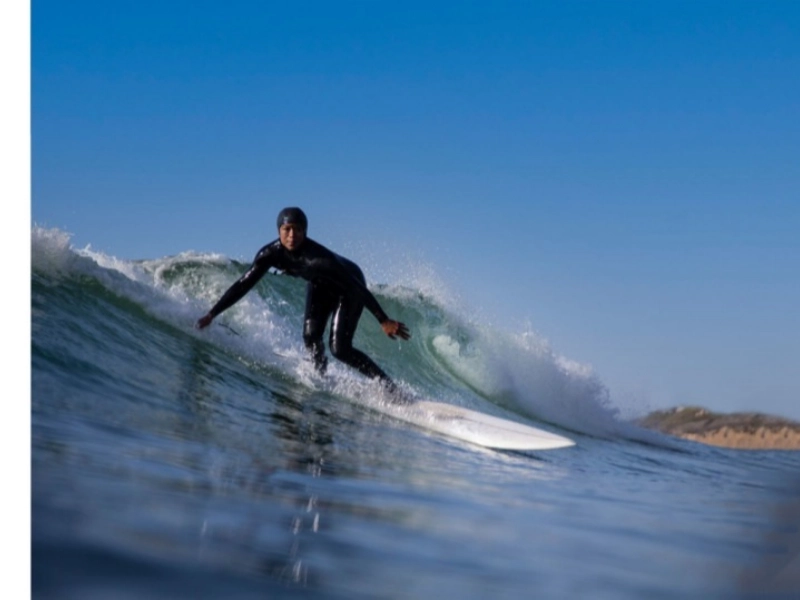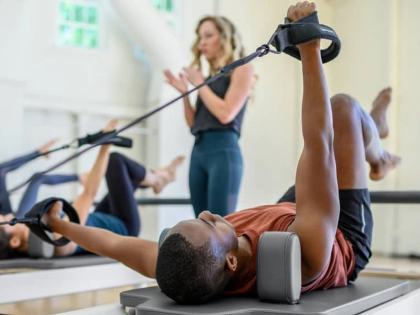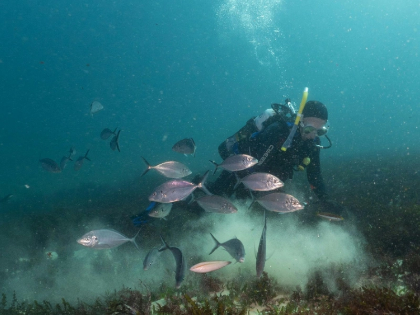Fitness All Year Round For Surfers
Anaerobic (oxygen-free) interval training and both high- and low-intensity aerobic endurance should be a part of any good surfing conditioning program. Long, slow swims, for instance, are great for building cardiovascular endurance, and plyometric workouts like sprinting are good for improving anaerobic fitness. Exercises like rows, medicine ball tosses, and paddle simulations with resistance bands can help develop the upper body strength that surfers require. These exercises improve balance and postural alignment while strengthening the shoulder muscles for endurance.
Tenacity

Power
 We can enhance relevant fundamental capacities even though we can't recreate the force and action of surfing in the gym. Muscles may move more forcefully and for longer periods of time without becoming fatigued thanks to strength training.
Strength in the upper, lower, and core is necessary for surfers. The shoulders, chest, and biceps are the main muscles used in paddling and the pop-up movement. When it comes to moving the board, though, the legs and hips bear a larger burden.
To improve speed, these muscles must become more relative stronger. This can be accomplished by performing explosive strength exercises like box jumps and jump squats, as well as exercises that improve lower body joint stability like standing knee huggers and single-leg deadlifts. There are countless body weight variants for each muscle group in these exercises, which can be performed with dumbbells or bands in place of a barbell. Enhancing training sessions with acceleration and maximum intensity sprinting drills will put even more strain on the body.
We can enhance relevant fundamental capacities even though we can't recreate the force and action of surfing in the gym. Muscles may move more forcefully and for longer periods of time without becoming fatigued thanks to strength training.
Strength in the upper, lower, and core is necessary for surfers. The shoulders, chest, and biceps are the main muscles used in paddling and the pop-up movement. When it comes to moving the board, though, the legs and hips bear a larger burden.
To improve speed, these muscles must become more relative stronger. This can be accomplished by performing explosive strength exercises like box jumps and jump squats, as well as exercises that improve lower body joint stability like standing knee huggers and single-leg deadlifts. There are countless body weight variants for each muscle group in these exercises, which can be performed with dumbbells or bands in place of a barbell. Enhancing training sessions with acceleration and maximum intensity sprinting drills will put even more strain on the body.
Adaptability
 Being a dynamic activity, surfing demands a high level of agility and balance. Surfers work out a range of muscular groups to increase their endurance and balance. Additionally, the constant paddling and scheming on the surfboard enhances cardiovascular fitness.
Yoga is another exercise that surfers can do to increase their flexibility and stability on the board. It's crucial to remember that many people push and strain their bodies excessively when doing these positions, which can lead to harm.
Further strengthening exercises for the surfing workout include mobility drills like CARs (controlled articular rotations). These exercises relieve tightness and soreness while restoring joint range of motion. Because of this, surfers will be able to move around more freely when on the board and on land, which will save them energy when surfing. In the end, this will let them surf for longer periods of time and make the sport more enjoyable for them overall. Additionally, they will heal from surf-related injuries more quickly with this kind of training.
Being a dynamic activity, surfing demands a high level of agility and balance. Surfers work out a range of muscular groups to increase their endurance and balance. Additionally, the constant paddling and scheming on the surfboard enhances cardiovascular fitness.
Yoga is another exercise that surfers can do to increase their flexibility and stability on the board. It's crucial to remember that many people push and strain their bodies excessively when doing these positions, which can lead to harm.
Further strengthening exercises for the surfing workout include mobility drills like CARs (controlled articular rotations). These exercises relieve tightness and soreness while restoring joint range of motion. Because of this, surfers will be able to move around more freely when on the board and on land, which will save them energy when surfing. In the end, this will let them surf for longer periods of time and make the sport more enjoyable for them overall. Additionally, they will heal from surf-related injuries more quickly with this kind of training.
Sync
 Coordination is a vital component of surfing as an athletic endeavour. Balance, strength, and agility are all necessary for surfing in order to execute a variety of manoeuvres on the water. For instance, surfing frequently requires paddling, which uses the shoulders and arms. Exercises that focus on these muscles are therefore crucial for the balance and posture of surfers.
Furthermore, the hips and legs are quite important in surfing. Therefore, it's crucial for a surfer's coordination to incorporate exercises that focus on these muscle groups. These exercises include the y-balance test, single leg balance, and lunge.
Surfers frequently cut back on the frequency of their strength and power training as they get ready for the peak season in order to avoid major detraining (a reduction in force production). But surf athletes need to make sure they have a strong foundation of lower body and core strength all season long. Resisted paddling, paddleboard training, and unstable surface training—like burpees—can all help achieve this.
Coordination is a vital component of surfing as an athletic endeavour. Balance, strength, and agility are all necessary for surfing in order to execute a variety of manoeuvres on the water. For instance, surfing frequently requires paddling, which uses the shoulders and arms. Exercises that focus on these muscles are therefore crucial for the balance and posture of surfers.
Furthermore, the hips and legs are quite important in surfing. Therefore, it's crucial for a surfer's coordination to incorporate exercises that focus on these muscle groups. These exercises include the y-balance test, single leg balance, and lunge.
Surfers frequently cut back on the frequency of their strength and power training as they get ready for the peak season in order to avoid major detraining (a reduction in force production). But surf athletes need to make sure they have a strong foundation of lower body and core strength all season long. Resisted paddling, paddleboard training, and unstable surface training—like burpees—can all help achieve this.









